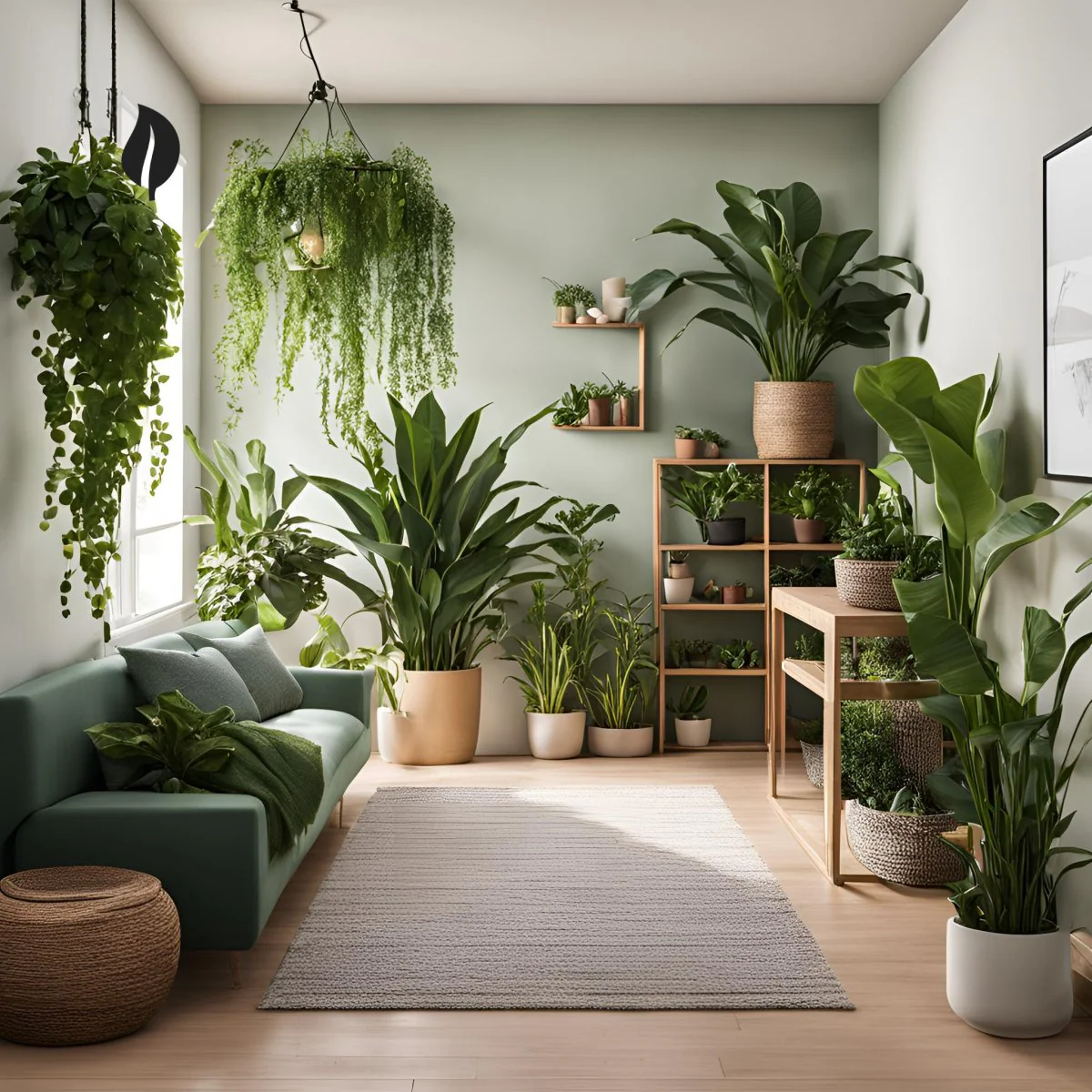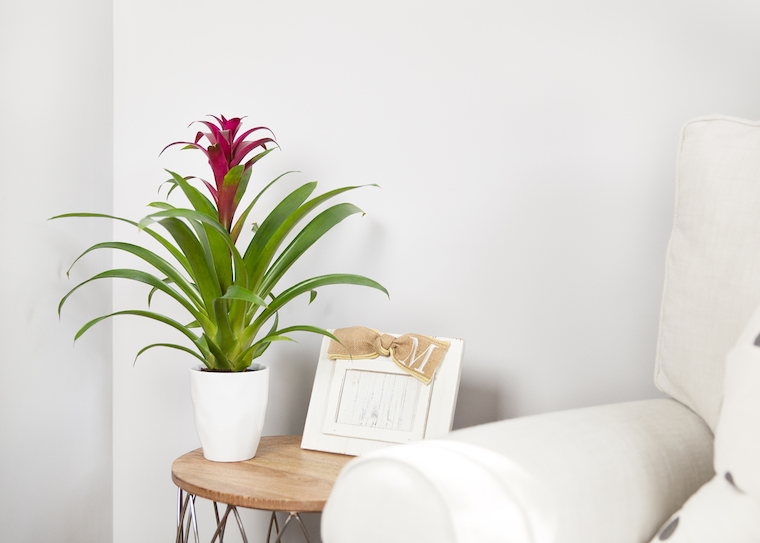The Best Low-Light Indoor Plants for Beginners and Busy Plant Owners
The Best Low-Light Indoor Plants for Beginners and Busy Plant Owners
Blog Article
Uncover the Tricks of Low-Light Indoor Plants and Exactly How They Boost Your Setting
Low-light interior plants have amassed raising interest for their unique capacity to enhance both aesthetic allure and environmental high quality within workplaces and homes. These durable species, including the Snake Plant and Tranquility Lily, not only thrive in challenging illumination problems but likewise play an essential role in air purification and psychological wellness.
Benefits of Low-Light Indoor Plants
Although lots of people think that indoor plants need bountiful sunshine to thrive, low-light indoor plants use a wide range of advantages that make them perfect for numerous atmospheres. Among the main advantages is their flexibility; they can prosper in spaces with restricted all-natural light, such as workplaces, basements, or rooms with small windows. This function permits individuals to improve their environments with plant, adding to improved appearances without the requirement for extensive lights modifications.
Furthermore, low-light interior plants can significantly enhance indoor air high quality by filtering dangerous toxins and releasing oxygen, making living rooms healthier. The existence of plants has actually been connected to better feelings of tranquility and emphasis.
Moreover, low-light plants commonly require much less maintenance than their sun-loving counterparts, making them suitable for busy people or those brand-new to horticulture. Their strength allows them to thrive with very little treatment, therefore providing a satisfying experience for plant enthusiasts and beginners alike. In summary, low-light interior plants serve both aesthetic and useful purposes, making them important additions to any type of room.
Leading Low-Light Plant Selections
Low-light indoor plants can be found in a range of varieties, each offering unique characteristics and benefits fit for dark environments. Among one of the most preferred varieties is the Snake Plant (Sansevieria), understood for its building fallen leaves and air-purifying abilities. This resilient plant thrives on neglect and can endure a broad array of light conditions.
Another exceptional choice is the ZZ Plant (Zamioculcas zamiifolia), which features glossy, dark green fallen leaves and is very drought-tolerant. Its flexibility makes it a favorite for workplaces and homes with restricted sunlight.
The Pothos (Epipremnum aureum) is likewise a top contender, with its tracking vines and heart-shaped leaves - Best low-light indoor plants. This flexible plant can be trained to climb up or cascade, adding visual rate of interest to any type of area

Treatment Tips for Low-Light Plants
Caring for low-light indoor plants calls for a nuanced understanding of their details demands to make sure optimal development and vitality. It is crucial to pick the best potting mix, as a well-draining soil is important to prevent origin rot. A mix designed for houseplants, usually consisting of peat moss and perlite, works well for the majority of low-light varieties.
Watering is another essential aspect of care. Low-light plants normally call for less constant watering contrasted to their sun-loving counterparts. It is suggested to inspect the top inch of dirt; if it feels dry, it's time to water. Overwatering can bring about problems such as mold and root degeneration.
Fertilization needs to be approached with care. During the growing season, a watered down fluid plant food can be used monthly, but in winter season, lots of low-light plants enter dormancy and need little to no fertilization.
Lastly, it is necessary to periodically clean the leaves to get rid of dust, enabling much better light absorption. By sticking to these treatment ideas, you can grow a thriving environment for your low-light indoor plants, boosting both their look and longevity.
Enhancing Air Quality With Plants
Indoor plants play a significant role in enhancing air quality within homes and office rooms. Via the procedure of photosynthesis, these plants soak up co2 and release oxygen, adding to a healthier atmosphere. Additionally, specific low-light indoor plants possess the ability to filter dangerous toxins, such as trichloroethylene, benzene, and formaldehyde, which are typically found in read this interior atmospheres.
:strip_icc()/philodendron-b37371f3-c7eb0d91eedb4946b5854c08914dc82c.jpg)
In addition, the presence of interior plants can raise moisture levels, which assists reduce completely dry skin and breathing concerns, further boosting general health. This capability to boost air quality not only advertises physical health and wellness yet also supports mental wellness.
Incorporating low-light indoor plants right into your living and functioning areas can bring about a more lively and stimulating atmosphere (Best low-light indoor plants). Purchasing these all-natural air cleansers is a straightforward yet effective technique for improving interior air quality and promoting a much healthier way of living
Developing a Peaceful Indoor Room
The integration of plants into living spaces not only improves air top quality yet additionally contributes to a relaxing ambience. Low-light interior plants, such as serpent plants and pothos, are specifically effective in creating a tranquil setting, as they grow in problems that might or else be unwelcoming for various other plant. Their lavish vegetation gives a relaxing visual, lowering stress and anxiety and advertising leisure.
Including these plants right into your home or workplace can stimulate a sense of peace learn the facts here now and wellness. Strategically placing them in locations where you invest substantial time, such as living areas or work spaces, enables an immersive experience with nature, which has been shown to improve state of mind and cognitive function.
Additionally, the gentle activity of leaves in reaction to air movement can produce a vibrant visual aspect that improves the general setting. Consider utilizing a range of plant heights and textures to add depth and rate of interest to your space. With thoughtful positioning and care, low-light interior plants can transform any location right into a tranquil haven, promoting not only visual contentment however emotional and also psychological wellness.

Verdict
Including low-light indoor plants into various environments returns considerable advantages, including enhanced air top quality and enhanced visual allure. These sturdy types not just flourish in very little light yet also add to a soothing ambience, promoting mental and psychological wellness. By choosing ideal varieties and executing proper treatment strategies, individuals can effectively cultivate a serene interior room that cultivates well-being and productivity. The transformative power of low-light plants emphasizes their worth in boosting both household and occupational settings.
Although numerous individuals presume that indoor plants call for bountiful sunshine to flourish, low-light interior plants provide a multitude of benefits that make them excellent for different environments.Additionally, low-light indoor plants can substantially boost interior air top quality by launching and filtering hazardous contaminants oxygen, making living spaces healthier. Additionally, certain low-light indoor plants have the capacity to filter damaging toxins, such as trichloroethylene, formaldehyde, and benzene, which are typically discovered in interior settings.
Low-light indoor plants, such straight from the source as snake plants and pothos, are particularly reliable in producing a calm atmosphere, as they prosper in conditions that may or else be unwelcoming for other greenery.Incorporating low-light indoor plants into different environments yields considerable benefits, including enhanced air high quality and enhanced aesthetic appeal.
Report this page